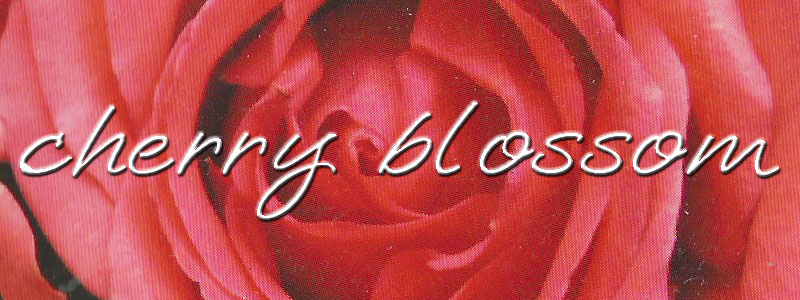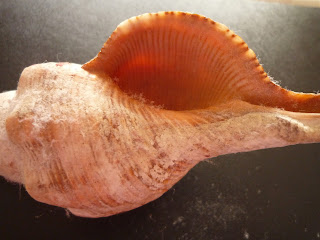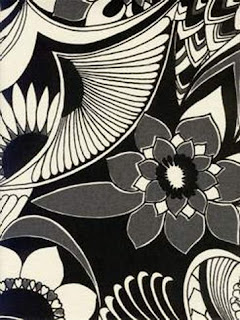This was my very first shell-inspired pattern.
In this pattern I continued the black and white palette but I used more interesting and better quality photographs of shells.
In this print I experimented with my micro photographs and some colour. I decided that my previous patterns were too plain. I selected a swatch from a heavily textured shell that I had photographed and filled the outline of my scallop shell with it. I think the contrast between the black and white and orange is nice.
Here I have formulated my final pattern. This is the first version of it where I have filled in all my shell motifs with the pattern swatch. I also added a pink-ish background which I think goes quite well with the colour of the shells. It took me awhile to create this pattern because every time I repeated it there would be track-marks where the pattern swatch did not match up completely.
Here's another variation of the above pattern. I have to decide which out of the two patterns I will hand in. At the moment I think I prefer the first version (with the enlarged shell), however I will seek others opinions before I make the final decision.


















































